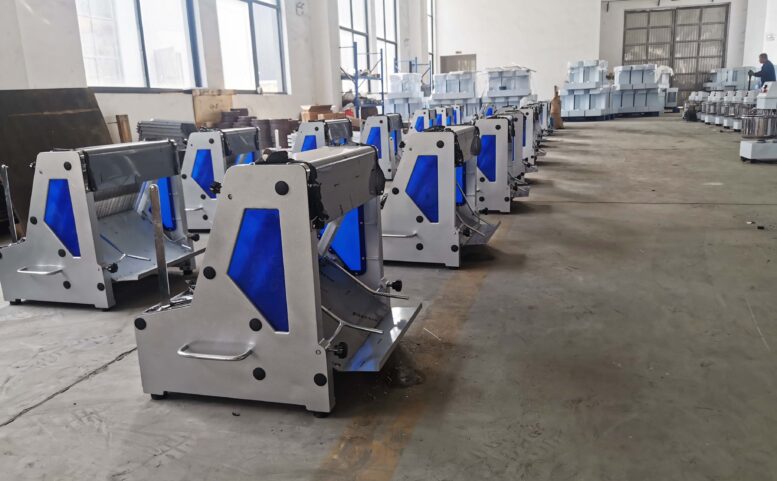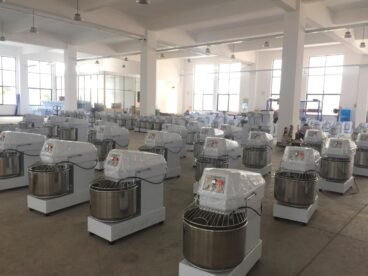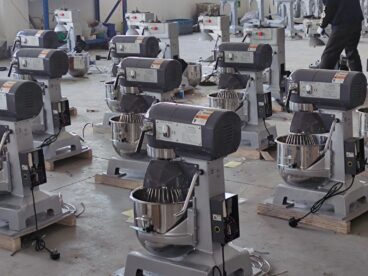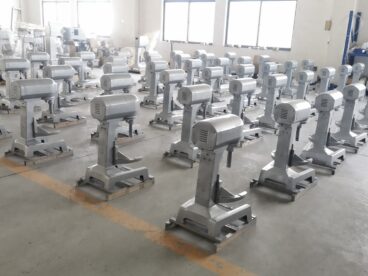Introduction: When it comes to baking, having the right tools can make all the difference in achieving perfect results. One essential tool that every baker needs is a mixer. However, with so many options available on the market, it can be overwhelming to choose the right one. In this article, we will explore the different types of mixers available and help you determine which one is best suited for your baking needs.
Hand Mixers: Hand mixers are a popular choice for home bakers due to their affordability, compact size, and ease of use. These mixers typically come with multiple speed settings and interchangeable beaters or whisk attachments. They are ideal for light to medium-duty mixing tasks such as beating eggs, whipping cream, or mixing cake batter. Hand mixers are also convenient for those with limited kitchen space or for occasional baking needs.
Stand Mixers: Stand mixers are a staple in many professional kitchens and are favored by serious home bakers for their versatility and power. These mixers feature a stationary base with a motor that drives the mixing attachments, which can include a flat beater, dough hook, and wire whip. Stand mixers are capable of handling heavy-duty mixing tasks such as kneading bread dough, creaming butter and sugar, and mixing stiff cookie dough. They also come with various speed settings and often have additional attachments available for tasks like pasta making or meat grinding.
Planetary Mixers: Planetary mixers, also known as commercial mixers, are heavy-duty machines commonly found in bakeries, pastry shops, and large-scale kitchens. These mixers feature a bowl that rotates on its axis while the mixing attachments move in the opposite direction, creating a planetary motion. This unique mixing action ensures thorough and consistent mixing of ingredients, making planetary mixers ideal for large batches of dough or batter. They are designed to handle continuous use and can accommodate a wide range of attachments for various baking applications.
Spiral Mixers: Spiral mixers are specifically designed for kneading bread dough and are commonly used in bakeries and pizzerias. These mixers feature a spiral-shaped agitator that rotates inside a stationary bowl, gently kneading the dough to develop gluten and achieve the desired texture. Spiral mixers are known for their efficiency in handling large quantities of dough while maintaining consistent quality. They are available in both countertop and floor-standing models, with capacities ranging from small batches to several hundred pounds of dough.
Immersion Blenders: While not traditionally considered mixers, immersion blenders can be a handy tool for certain baking tasks. These handheld devices feature a motorized blade that can be immersed directly into a mixing bowl or pot. Immersion blenders are useful for tasks such as pureeing fruits for sauces, blending soups, or emulsifying ingredients for dressings or sauces. They are compact, easy to clean, and can be a convenient alternative for small-scale mixing tasks in the kitchen.
Conclusion: Choosing the right mixer for baking depends on your specific needs, preferences, and budget. Whether you opt for a hand mixer for occasional use at home, invest in a versatile stand mixer for more advanced baking projects, or require a heavy-duty commercial mixer for professional applications, there is a wide range of options available to suit every baker. By understanding the features and capabilities of each type of mixer, you can make an informed decision that will enhance your baking experience and help you achieve delicious results every time.






